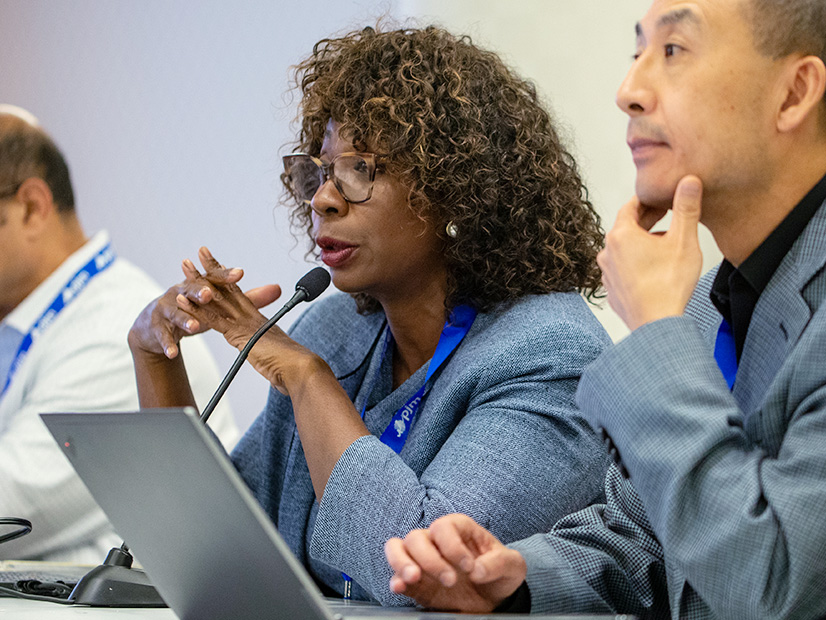
VALLEY FORGE, Pa. — The Planning Committee narrowly endorsed a coalition proposal to rework how generation owners can transfer capacity interconnection rights (CIRs) from a deactivating unit to a new resource. (See “Voting on CIR Transfer Proposals Deferred to October,” PJM PC/TEAC Briefs: Sept. 12-13, 2024.)
The coalition proposal received 51.8% support during the Oct. 8 vote, beating out a PJM proposal that received 40.6% support and a package from the Independent Market Monitor that received 11.1%.
The coalition proposal would create a technology agnostic process for new resources to replace gas generation being forced to deactivate in states with strong clean energy requirements. It has a nine-month timeline for applications to be reviewed, a replacement impact study identifying any potential network effects and the drafting of an interconnection agreement. The proposal was modified based on feedback at the Sept. 12 PC meeting to include thermal alongside the voltage and short circuit analyses in the replacement impact study.
Unlike PJM’s proposal, replacement resources would be permitted to proceed with the expedited process if minor network upgrades are identified and all resource types would be eligible. PJM’s proposal would bar storage from participating on the basis that the original generator’s deliverability analysis did not envision charging.
The coalition proposal also was revised since September to add a three-year requirement on the commercial operation date, although development milestones may be extended for delays outside the developer’s control or resources that have “industry-recognized elongated construction timelines.”
The PJM proposal would have had a longer study timeline of about 13 months and tighter requirements, not allowing any projects with “material adverse impacts,” such as requiring network upgrades or consuming transmission headroom above the deactivating generator. Any proposals with such impacts would be required to go through the full interconnection process.
Several stakeholders argued shifting projects to the queue if there are adverse impacts would be overly onerous and they instead should be given an opportunity to revise the scope of the project to fit PJM’s requirements. The coalition proposal would allow such changes to projects.
The Monitor’s proposal would have created a CIR transfer process administered by PJM where any generation project in the queue that could resolve transmission violations prompted by a deactivation would be studied in an expedited process. Generation developers also would be permitted to propose new resources or alterations of existing queue projects to resolve the violations.
When selecting projects, PJM would consider their cost, reliability contribution and construction risks such as permitting.
The Monitor’s proposal was modified since September to abide by the scope of the issue charge, which allows only proposals that focus on replacement resources interconnecting at the same substation as the deactivating resource. The Monitor’s package previously would have allowed replacement resources to be considered regardless of point of interconnection, so long as they addressed reliability issues associated with a deactivation.


